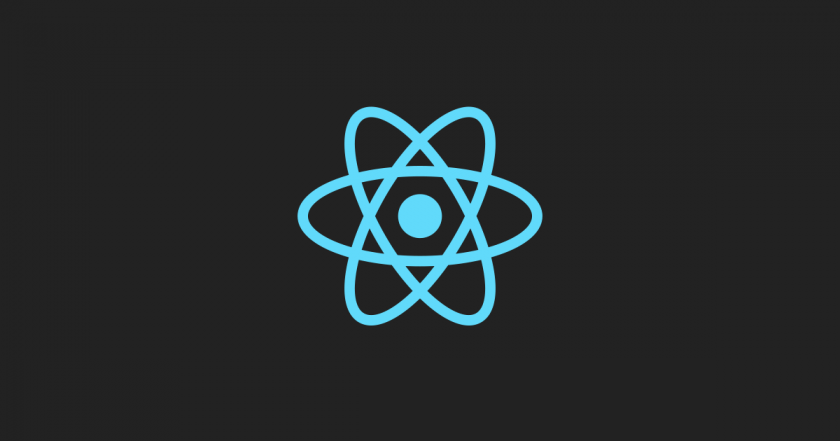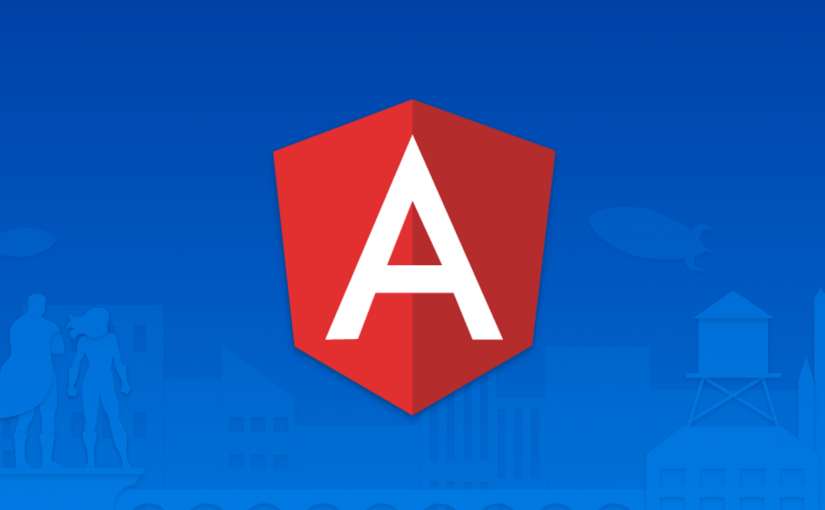Here’s a fun fact: JavaScript was named among the best programming languages to learn in 2017 by no other than IBM. The IT giant noted that JS is used by a stunning 94.4 percent of websites and “that’s unlikely to change.” JavaScript ensures “great user-friendly web pages, as it responsible for the overall web interface, including animations and interactions.” No matter how you look at this, JavaScript matters.
That also points potential web developers in the right direction: if you’re into front end, you need to face JavaScript at some point. And a proper development map might help with that.
Let’s assume that you do know JavaScript fundamentals. The pure (no, not poor) thing. Provided the thesis is correct (meaning you do know the basics), you might be interested in learning a bit more about modern JavaScript frameworks. These abstractions often come with pre-loaded functionality and some way of structuring an app.





